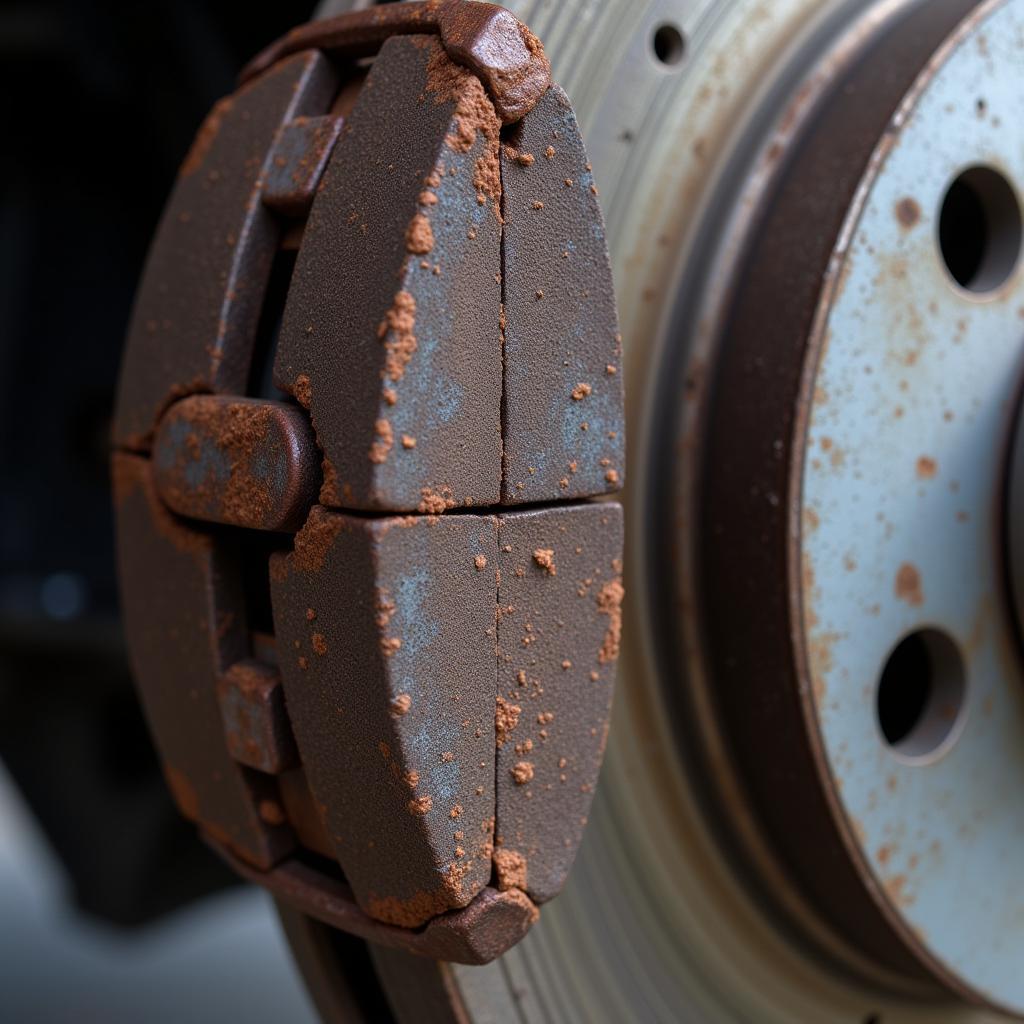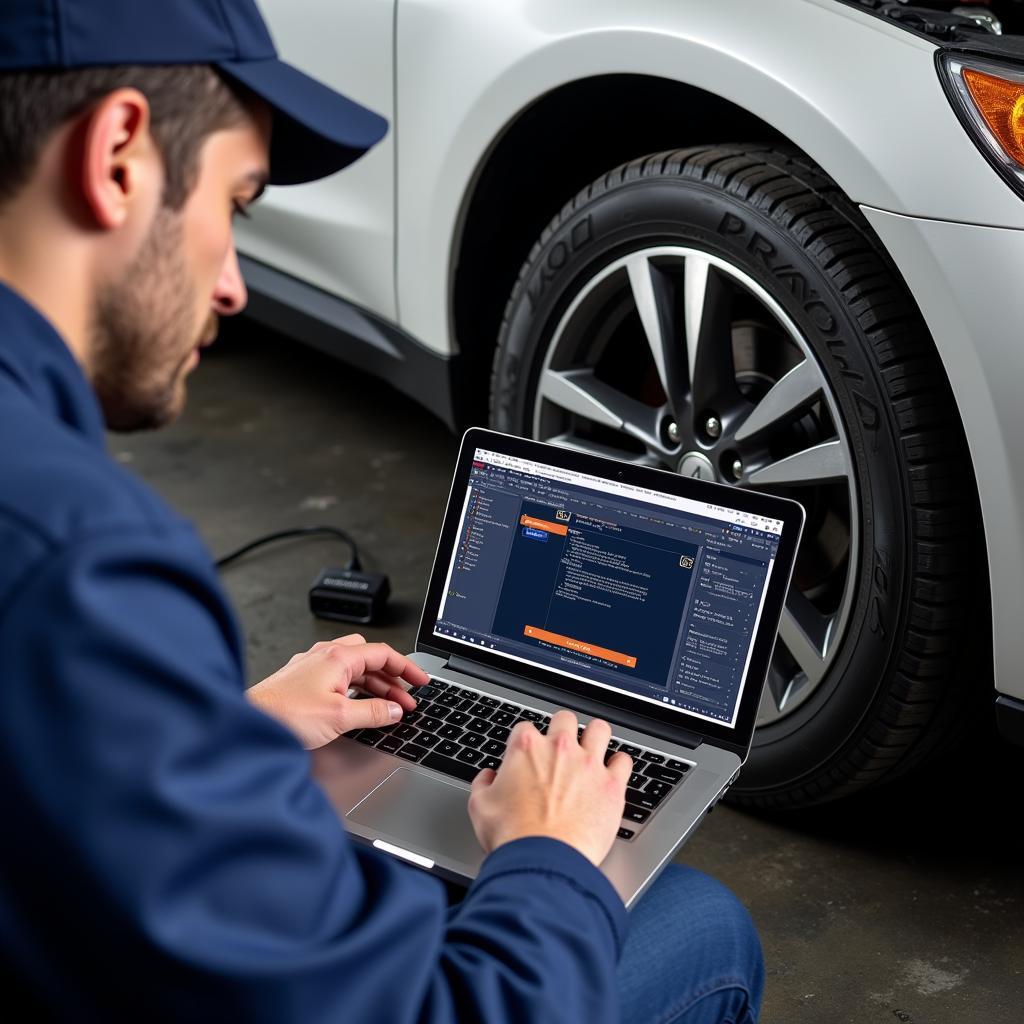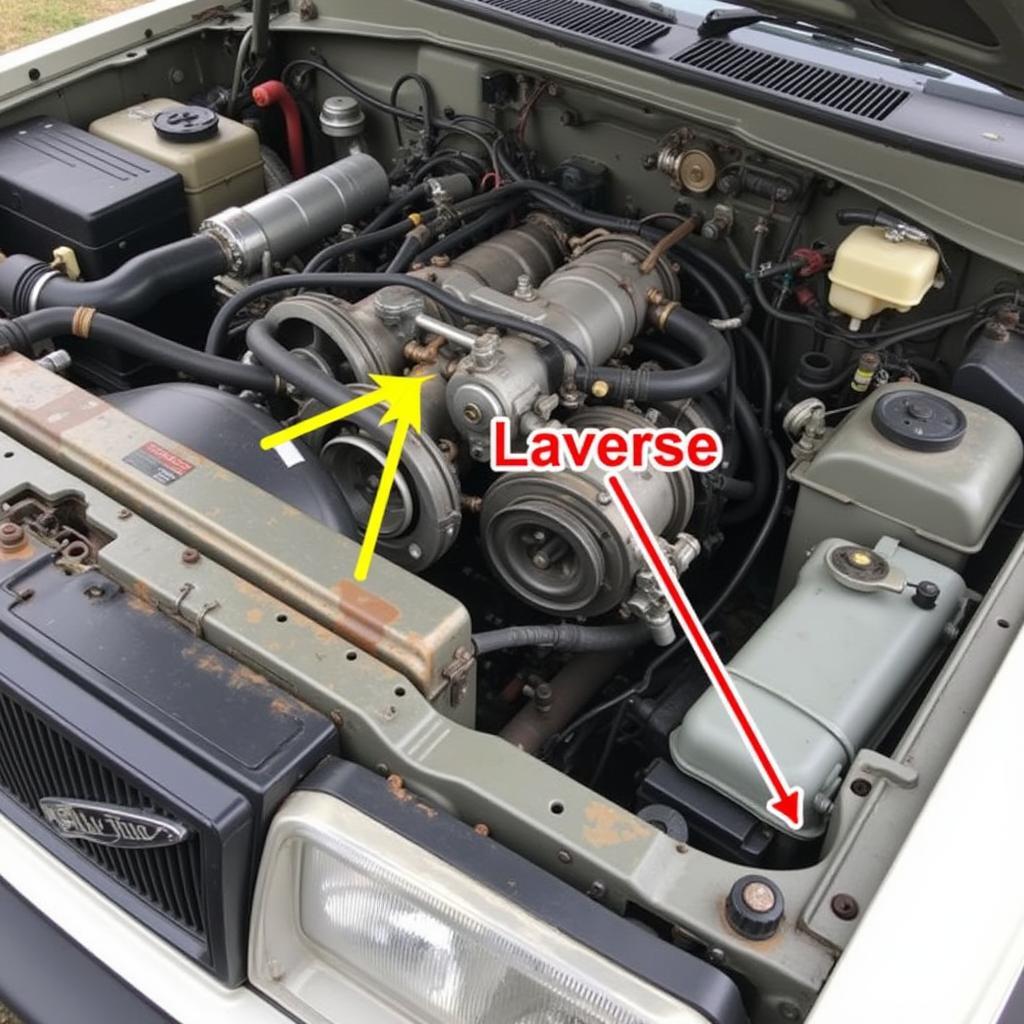A glowing brake light warning on your 2001 Honda Accord’s dashboard can be a real head-scratcher. Is it a minor glitch or a sign of a serious brake issue? Don’t hit the panic button just yet! This article will guide you through the common culprits behind a 2001 Honda Accord brake light warning and provide potential solutions.
Common Causes of a 2001 Honda Accord Brake Light Warning
Before you dive into complex diagnostics, it’s wise to eliminate the simpler possibilities first. Here are the usual suspects behind that pesky brake light warning:
-
Worn Brake Pads: This is the most common reason for the brake light to illuminate. Brake pads have wear indicators that trigger the warning light when they’re nearing the end of their life.
-
Low Brake Fluid: Your Honda Accord relies on hydraulic pressure to engage the brakes. If the brake fluid level is low, air can enter the system, compromising braking performance and triggering the warning light.
-
Faulty Brake Light Switch: Located behind the brake pedal, this switch signals the brake lights to illuminate when you press the pedal. A malfunctioning switch can lead to a false warning.
-
ABS Issue: While less common, a problem with your Anti-lock Braking System (ABS) can also trigger the brake light. This usually comes with an additional ABS warning light on the dashboard.
 Worn Brake Pad Wear Indicator
Worn Brake Pad Wear Indicator
Troubleshooting Your Honda Accord’s Brake Light Warning
Now that you’re familiar with the potential causes, let’s walk through some troubleshooting steps:
-
Check Your Brake Fluid: Park your car on a level surface, pop the hood, and locate the brake fluid reservoir. Check the fluid level – it should be between the “MIN” and “MAX” lines. If it’s low, add the appropriate brake fluid (consult your owner’s manual).
-
Inspect Your Brake Pads: You’ll need to remove a wheel to get a good look at the brake pads. If they appear thin (less than ¼ inch of friction material) or you see the metal wear indicator making contact with the rotor, it’s time for a replacement.
-
Test Your Brake Light Switch: While this requires some mechanical aptitude, you can try depressing the brake pedal and observing if the brake lights illuminate. If not, the switch might be faulty and need replacing.
 Checking Brake Fluid in a Honda Accord
Checking Brake Fluid in a Honda Accord
When to Seek Professional Help
If you’re uncomfortable with DIY car maintenance or the above steps don’t solve the issue, it’s best to consult a qualified mechanic. They have the expertise and tools for a thorough diagnosis, ensuring your Honda Accord’s braking system is in tip-top shape.
Remote Diagnostics and Programming: The Future of Car Repair
In today’s digital age, remote diagnostic services and software installations are changing the automotive repair landscape. Imagine this: a mechanic can diagnose the issue behind your 2001 Honda Accord brake light warning remotely and even program specific modules without needing to physically access your car. This innovative approach saves time, reduces downtime, and provides greater convenience for car owners.
 Remote Car Diagnostics Using a Laptop
Remote Car Diagnostics Using a Laptop
Conclusion
A brake light warning on your 2001 Honda Accord should never be ignored. By understanding the common causes and following the troubleshooting steps outlined above, you can address the issue promptly and ensure your safety on the road. Remember, when in doubt, consult a professional.

